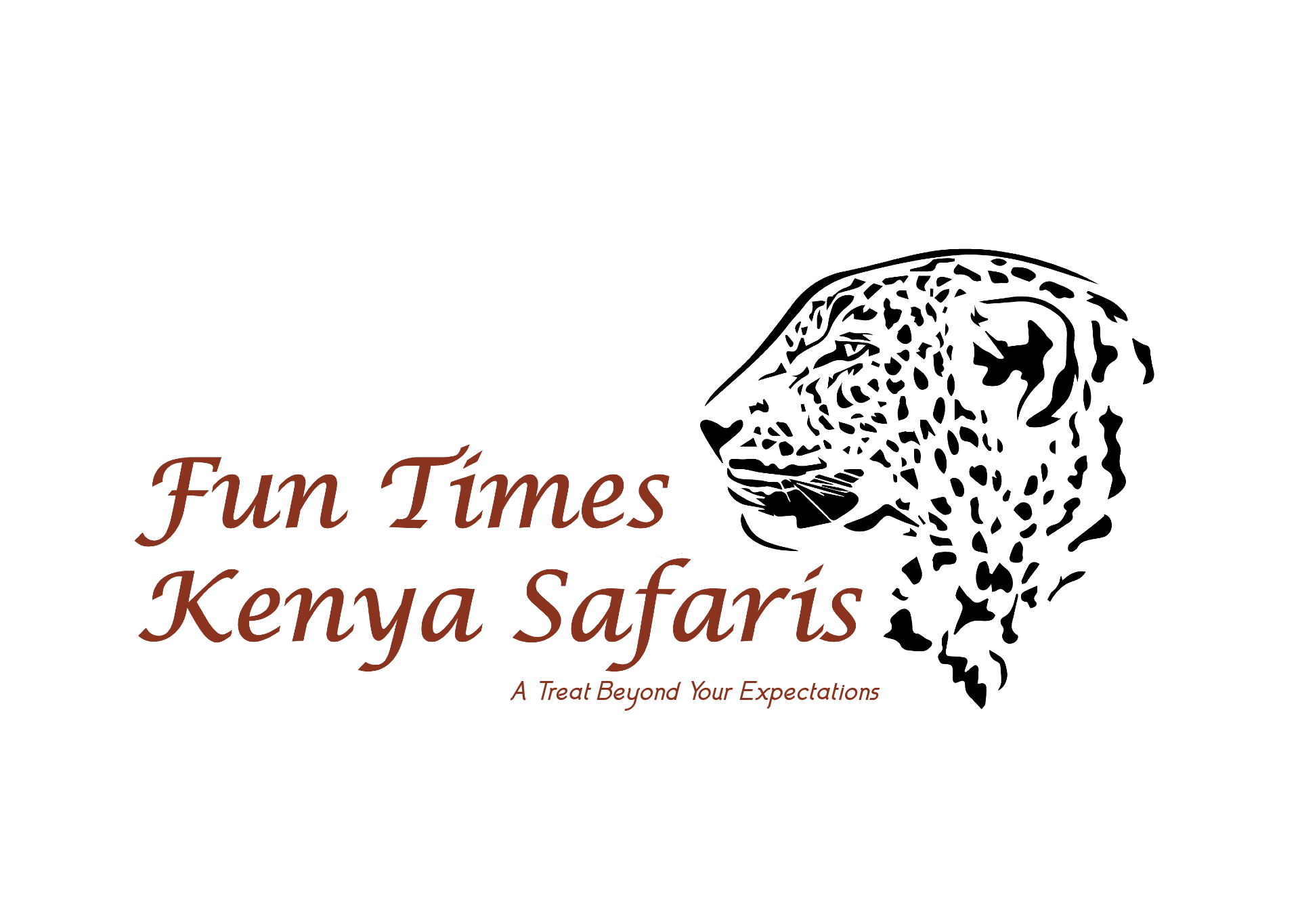Tsavo West National Park
From the sight of fifty million gallons of crystal clear water gushing out of from the under parched lava rock that is the Mzima Springs to...
From the sight of fifty million gallons of crystal clear water gushing out of from the under parched lava rock
Tsavo West National Park, located in southeastern Kenya, is one of the country’s most diverse and dramatic wildlife destinations. Known for its stunning landscapes, abundant wildlife, and historical significance, the park covers an area of approximately 9,065 square kilometers. Established in 1948, Tsavo West forms part of the greater Tsavo ecosystem alongside Tsavo East National Park. Its varied terrain includes volcanic landscapes, savannahs, forests, and river systems. The park’s rich biodiversity and scenic beauty make it a must-visit for nature enthusiasts and adventurers alike. Here’s your ultimate guide to exploring Tsavo West.


TSAVO WEST NATIONAL PARK HIGHLIGHTS
- The park is in southeast Kenya between Nairobi and Mombasa. It’s relatively close to the beaches of the Kenya Coast and can easily be a 1-day safari for those who wish a quick getaway.
- It depends. If you like your scenery greener (as opposed to browner), you desire the best views of Kilimanjaro and the finest bird viewing, then choose the wet season (October to May). But if larger wildlife watching is your thing the best time to visit is in the drier months. The animals are easier to spot as they venture to the rivers and watering holes.
- The park is open from 06:00 hrs. to 18:00 hrs. daily. Note: One can only walk or hike in designated areas and only in the company of a Kenya Wildlife Services ranger.
- This hardened lava flow is only a few hundred years old. Shitani is the Kiswahili word for ‘devil’. When villagers saw the flaming lava erupting from the earth, they imagined it was the coming of the devil into their world.
- Over 600 types of birds have been spotted in the park. The area is a feast of migratory birds such as African skimmers, goshawks and palm nut vultures. Some more familiar species such as ostriches, buzzards, kingfishers, hornbills and herons are also plentiful here. Other treats like the golden-breasted starling and orange-bellied parrot can be spotted as well.
- Named for the persistent whistling of the wind and the constant buzz of nearby cicadas, this outcropping is an easy climb and a wonderful place to spot eagles and other birds of prey cruising nearby.
- Perhaps the most special locale in the park, this lush spring is fed by over 200 million liters of clear water daily. Mzima means “life” in Swahili and this life sustaining oasis attracts a rich assortment of elephants, hippos, crocodiles, zebras and other wildlife to its raffia palm shores. There are plenty of nature trails and even an underwater observation platform.
- There’s still more bird and aquatic life to explore at this stunning lake fed by the run-off from Mr. Kilimanjaro. You can take a water safari on the lake and explore the nearby wetlands, teeming with wildlife.

